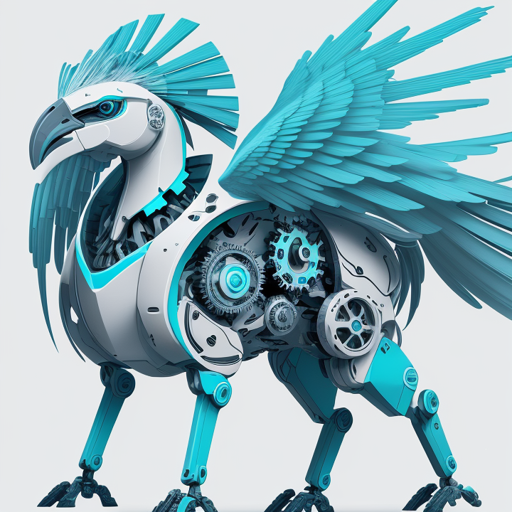In the vast arena of Natural Language Processing (NLP), summarizing lengthy documents is a feat that many aspire to conquer. One of the latest heroes in this quest is BigBird Pegasus, a powerful model designed to summarize texts effectively. In this article, we will take you through the steps of utilizing this model, starting from setup to execution, creating an efficient workflow for your summarization tasks.
Understanding BigBird Pegasus Through an Analogy
Picture yourself in a library filled with countless books. You need to distill the core ideas from these books without reading every single word. Instead, you hire a librarian (BigBird Pegasus) who is adept at skimming through texts, understanding the crucial points, and presenting you with concise summaries. Just as the librarian uses experience and intuition to highlight important passages, BigBird Pegasus capitalizes on its training to extract valuable insights from lengthy documents with remarkable efficiency, focusing on the surrounding context for accurate results.
Getting Started
To harness the power of BigBird Pegasus for summarization, follow these straightforward steps:
- Installation: Ensure you have the
transformerslibrary installed. You can install it using pip:
pip install transformersfrom transformers import AutoModelForSeq2SeqLM, AutoTokenizer, pipelineCreating a Summarizer Object
Now that your environment is set up, it’s time to create the summarizer object:
model = AutoModelForSeq2SeqLM.from_pretrained(
'pszemraj/bigbird-pegasus-large-K-booksum',
low_cpu_mem_usage=True,
)
tokenizer = AutoTokenizer.from_pretrained(
'pszemraj/bigbird-pegasus-large-K-booksum',
)
summarizer = pipeline(
'summarization',
model=model,
tokenizer=tokenizer,
)Summarizing Your Text
After creating the summarization pipeline, you can extract summaries from your text. Simply follow these steps:
- Define the Text: Assign your large piece of text to a variable:
wall_of_text = "Your text to be summarized goes here."result = summarizer(
wall_of_text,
min_length=16,
max_length=256,
no_repeat_ngram_size=3,
clean_up_tokenization_spaces=True,
)print(result[0]['summary_text'])Troubleshooting
As with any tool, you may encounter a few hiccups along the way. Here are some troubleshooting tips to ensure a smooth experience:
- If you face runtime or memory issues, consider using an alternate checkpoint which runs faster—available here.
- For similar summarization models, you may also check out LongT5 and LED-Large.
- For more insights, updates, or to collaborate on AI development projects, stay connected with fxis.ai.
Conclusion
BigBird Pegasus stands as a valuable asset in the toolkit of any data scientist seeking to make sense of massive data sets through summarization. Its efficiency and accuracy in producing coherent summaries make it a choice for modern summarization tasks.
At fxis.ai, we believe that such advancements are crucial for the future of AI, as they enable more comprehensive and effective solutions. Our team is continually exploring new methodologies to push the envelope in artificial intelligence, ensuring that our clients benefit from the latest technological innovations.

